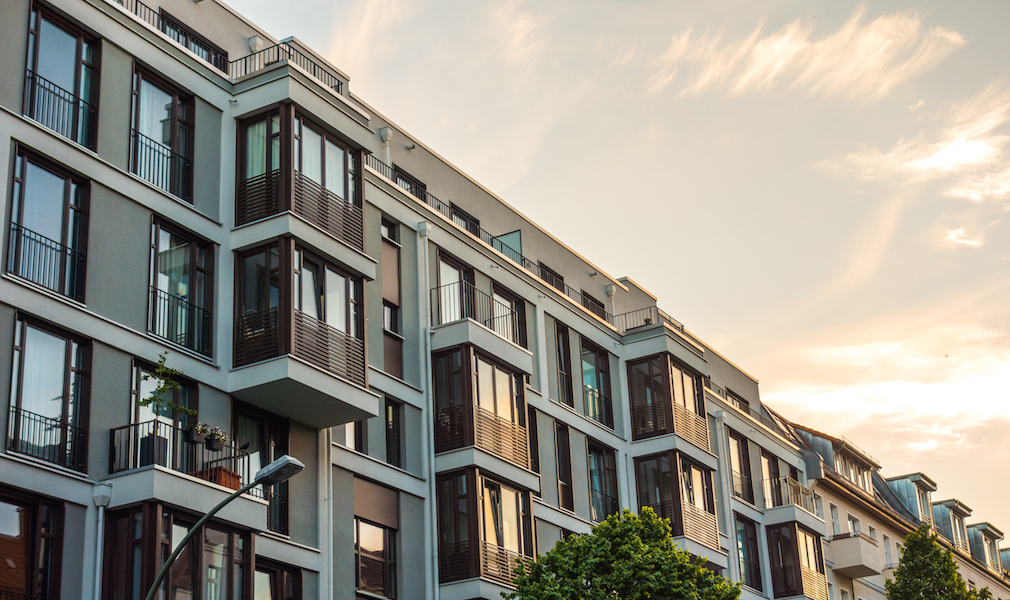According to a new study, NIMBYism is standing in the way of more affordable apartment construction across the U.S.
As rents continue to rise, a new study from the National Apartment Association analyzed the factors in 29 major metros that make multifamily apartment construction more difficult to achieve nationwide.
The study, “U.S. Barriers to Apartment Construction Index,” found that Albuquerque was the city with the fewest barriers to apartment construction while Philadelphia has the most, based on the number of responses, according to the NAA.
“NAA undertook this survey to show that barriers create higher construction costs which in turn leads to higher rents while making it extremely difficult to build affordable housing,” said NAA President and CEO Robert Pinnegar in a statement.
“The Barriers Index shows that housing, ultimately, is a local issue requiring local government solutions. Reducing burdensome regulations and standing up to NIMBYism will allow for more construction. Together, the rental housing industry and local governments can begin to meet the demand for apartments,” Pinnegar added.
The study’s index ranked each market according to factors such as community involvement (or NIMBYism), construction costs, affordable housing requirements, infrastructure, density and growth restrictions, land supply, environmental restrictions, process complexity, political complexity and development time, according to a press release.
“Housing affordability is on the top of everyone’s mind,” Pinnegar added. “As cities and states look for solutions, we encourage policymakers to engage all stakeholders, including property owners, to create workable solutions that best serve their community.”
According to the report, the U.S. renter population increased by more than 19.6 million people over the last 10 years.
From the report:
Despite new construction, the growing rental population put upward pressure on rents, driving renter housing affordability issues to the top of community concerns in many areas. In major markets such as Denver, San Jose, Seattle, Boulder, Oakland, San Francisco, Portland and Seattle, rents have risen by more than 18% in just the past four years.
According to the NAA, the U.S. needs 4.6 million apartments at all price points by the year 2030 to keep up with current demand.
“We have only begun in the last two years to meet these goals,” a press release for the report stated. “But even so, decades of under-construction have left a massive shortage in overall apartment housing supply. Barriers to construction stand in the way of the industry’s ability to meet those challenges, and by so doing, relieve the pressure of demand that is driving rents up.
The NAA noted that its index rankings were not intended to apply judgment on the policies as “good or bad,” but to simply provide the data.
“We caution that while ranking areas is always interesting, the intent of this study was to provide data to identify differences in land management and to provide a more holistic and fact-based review of best practices and factors that impact housing availability and affordability. Our index rankings are not intended to apply judgement as to whether these policies are either good or bad,” the report noted.
From the report:
Input from local citizens significantly influences development
In addition to the importance of land availability, most survey respondents indicated that local resident involvement is important in influencing residential building activities and/or growth and that citizen opposition to growth / NIMBYism is important in regulating the rate of residential development in their community.
Rising land and labor costs are inhibiting the production of affordable housing
Some 33% of survey respondents indicated that construction costs including labor, hard and soft costs have increased by more than 20% in the past five years, with another 45% indicating that construction costs are up by 11 to 20%. Similarly, 30% of survey respondents indicated that the cost of undeveloped land rose by more than 20% in the past five years, with 36% reporting costs are up by 11 to 20%.
Complex approval systems are correlated to affordability issues
The report covers 58 metro markets in addition to the U.S., including a detailed review of 29 major markets. We find significant differences by market with high development complexity in markets such as New York, Baltimore, Washington DC, San Diego, Honolulu, San Francisco, Sacramento, Philadelphia and San Jose. Many of these are large coastal markets and correspond with states that have low renter affordability. Invariably, the complexity of approvals and impact fees will challenge the smaller, more affordable housing developments in any market and can only be reasonably sustained by larger, scaled and higher-rent projects.
Note: The NAA conducted the study with input from the American Planning Association. The survey included 91 questions and 5 external data points that were aggregated into 10 subindices to measure development complexity in each market. The study received 883 responses from government entities, as well as private developers and owners, covering 241 metropolitan markets, according to the report.





